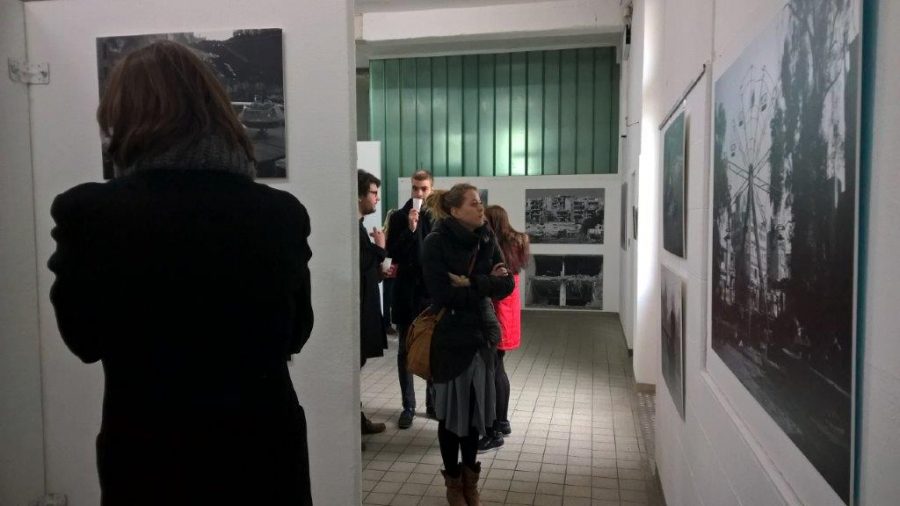Reports
The return of landline phone services in the regime-held areas of Deir Ezzor
Landline phone services are now available again in the regime-held areas of Deir Ezzor following 10-days cut which was caused by a lack of diesel fuel. Prior to this, the...
Read moreDetailsThe Syrian Network for Human Rights report on massacres perpetrated by Russian planes against civilians in Deir Ezzor
report documenting the massacres against civilians in Deir Ezzor province which were perpetrated by Russian planes last month. The report confirms the killing of 99 civilians in indiscriminate Russian airstrikes on...
Read moreDetailsISIS Zakat in Deir Ezzor: A tax imposed on civilians in wartime
Since the ISIS seizure of vast areas in Deir Ezzor in 2014, the group has aimed to exploit and take advantage of the people of the province by relying on multiple...
Read moreDetails“The sisters of men”: The generous Deir Ezzor’s women who are subjected to human rights violations committed by the paramilitary criminal organization of Daesh
The society of Deir Ezzor province is somehow characterized by its conservative and religious aspects, with interaction between civilians dominated by established norms of heritage and religion. Women in general...
Read moreDetails“The sisters of men”: The generous Deir Ezzor’s women who are subjected to human rights violations committed by the paramilitary criminal organization of Daesh
The society of Deir Ezzor province is somehow characterized by its conservative and religious aspects, with interaction between civilians dominated by established norms of heritage and religion. Women in general...
Read moreDetailsEye on Deir Ezzor: The first exclusive photography exhibition on Deir Ezzor province that has been held in Germany
Photographic exhibition on Deir...
Read moreDetailsA young child named Sadel suffers from a chronic disease with her parents unable to care for her due to extreme poverty
Sometimes, special situations in a society that undergoes a war maybe an exception, but the suffering remains one, especially if the one suffering is a child. In the absence of real...
Read moreDetailsThe talented creatives we have lost in Deir Ezzor because of ISIS
D24 exclusive report: Deir Ezzor had long been subjected to exclusion and was entirely disregarded by both Bashar and his father, Hafed al Assad. In terms of education, it had...
Read moreDetailsDeir Ezzor and Fallujah are brothers in the severe, rough and dire conditions of living under siege
Two cities, one lies in Syria while the other in Iraq, share the same depressing and gloomy destiny as both are now living under deplorable and execrable siege conditions....
Read moreDetailsAbu Hamza Al-Faranssi: A top Al-Qaeda explosives expert
Nom de guerre: Hamza al Faranssi Name: David Dorjon Nationality: French Abu Hamza al Faranssi was born to catholic parents and embraced Islam at the age of 18-years-old, which was met with...
Read moreDetails

















